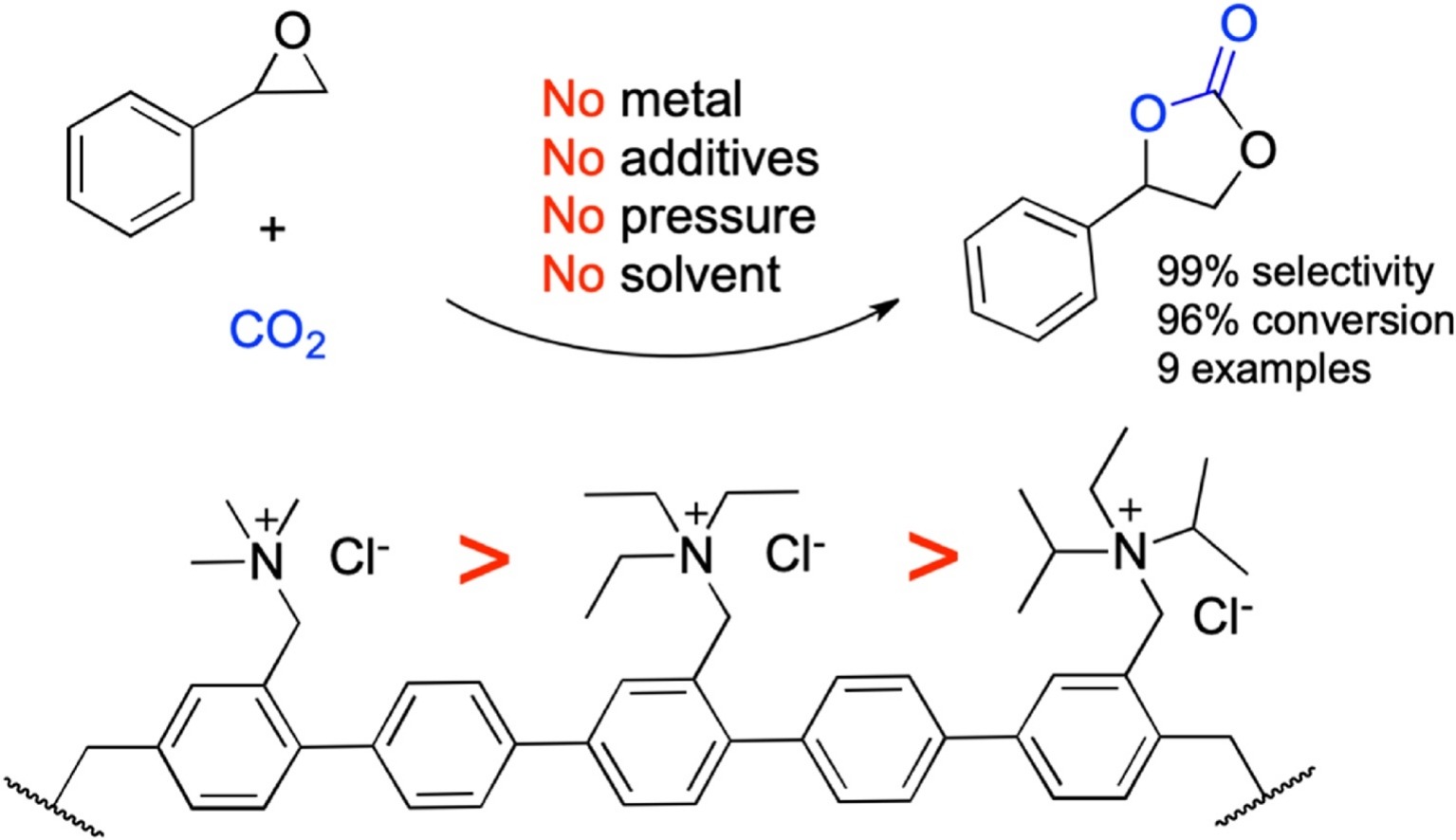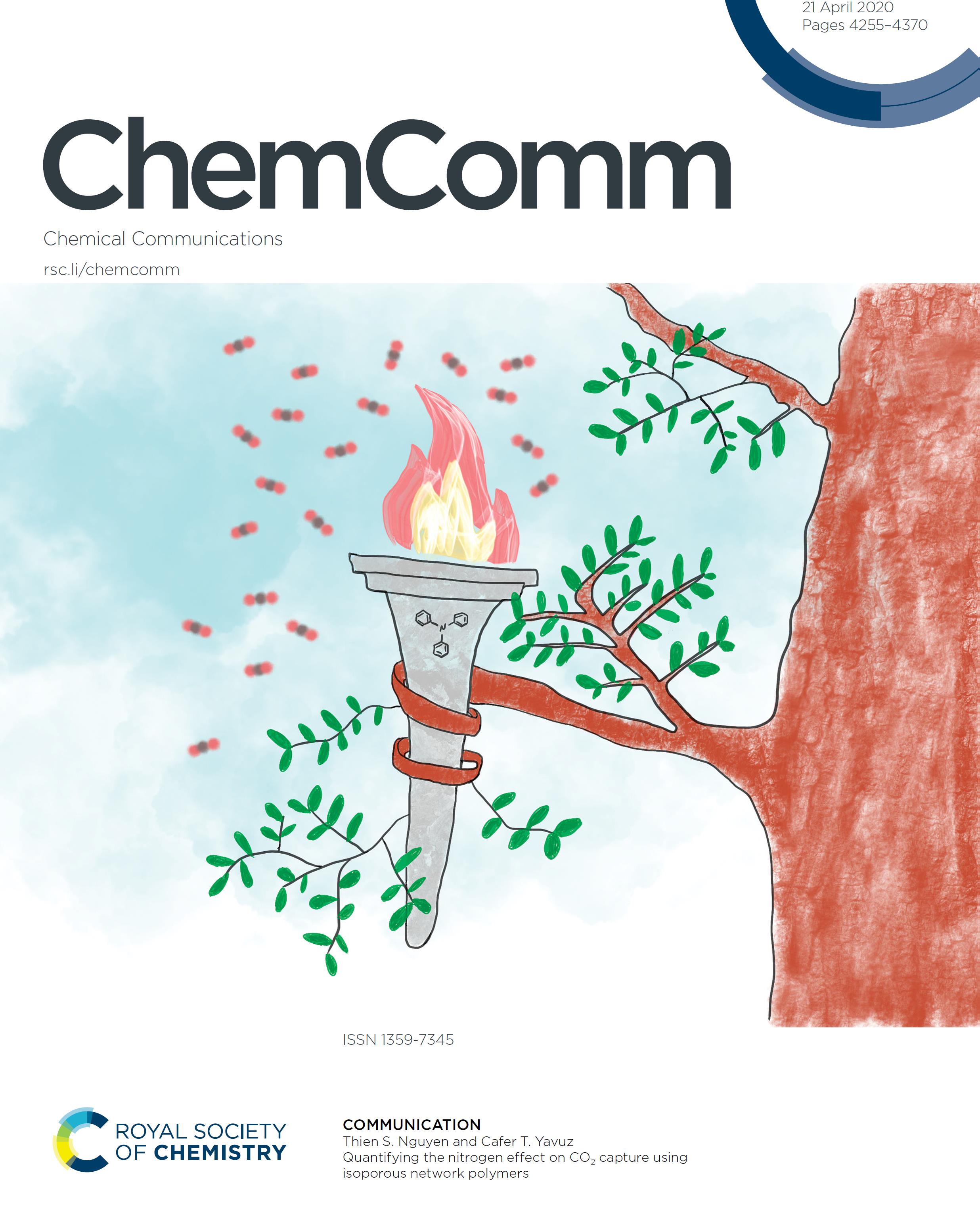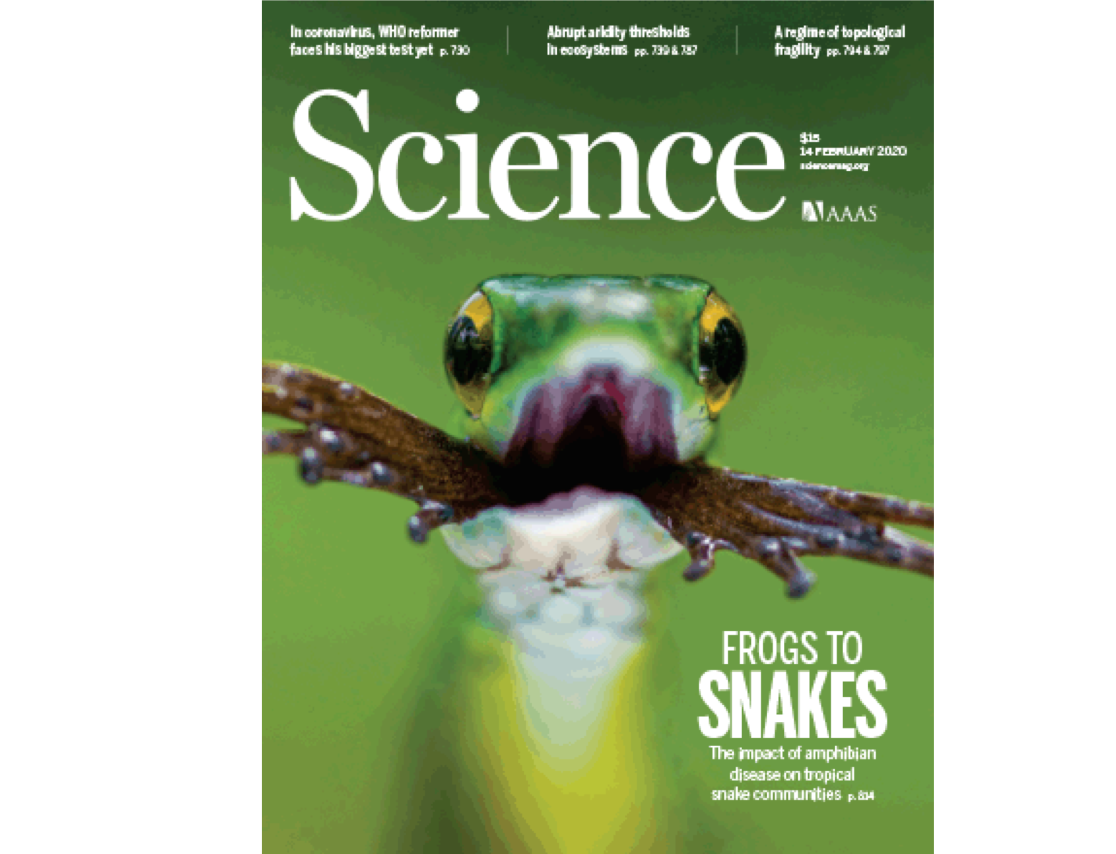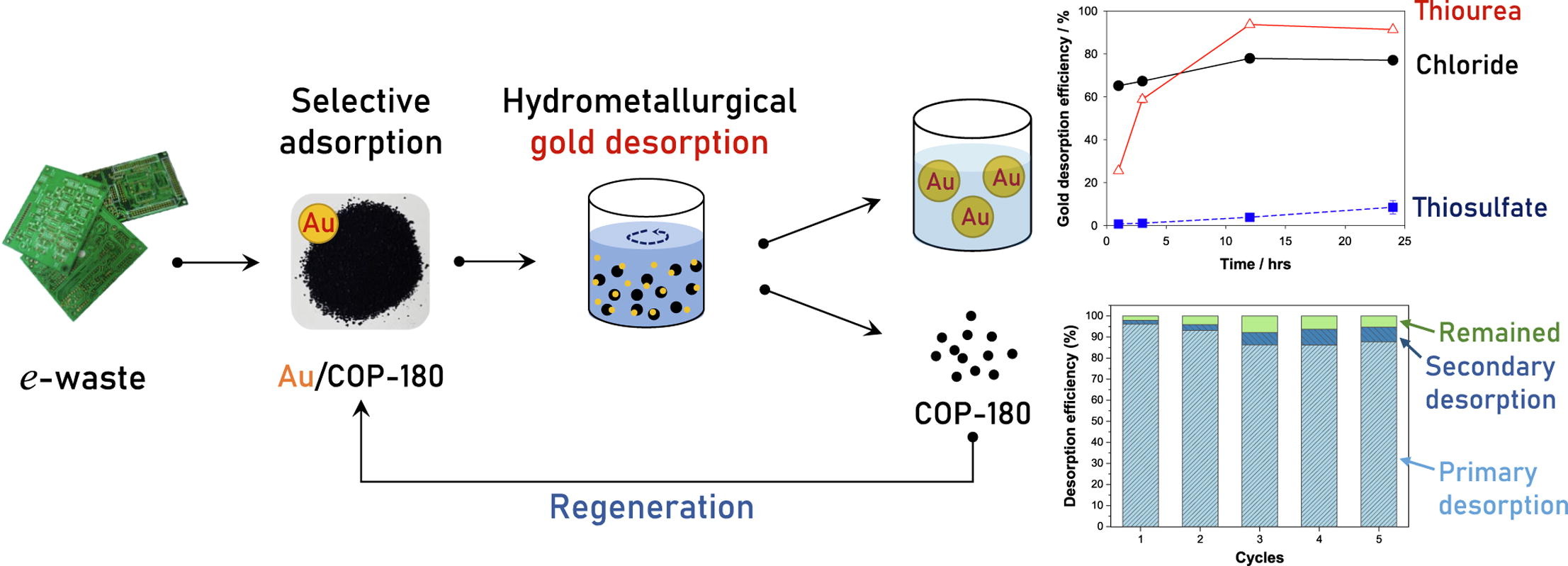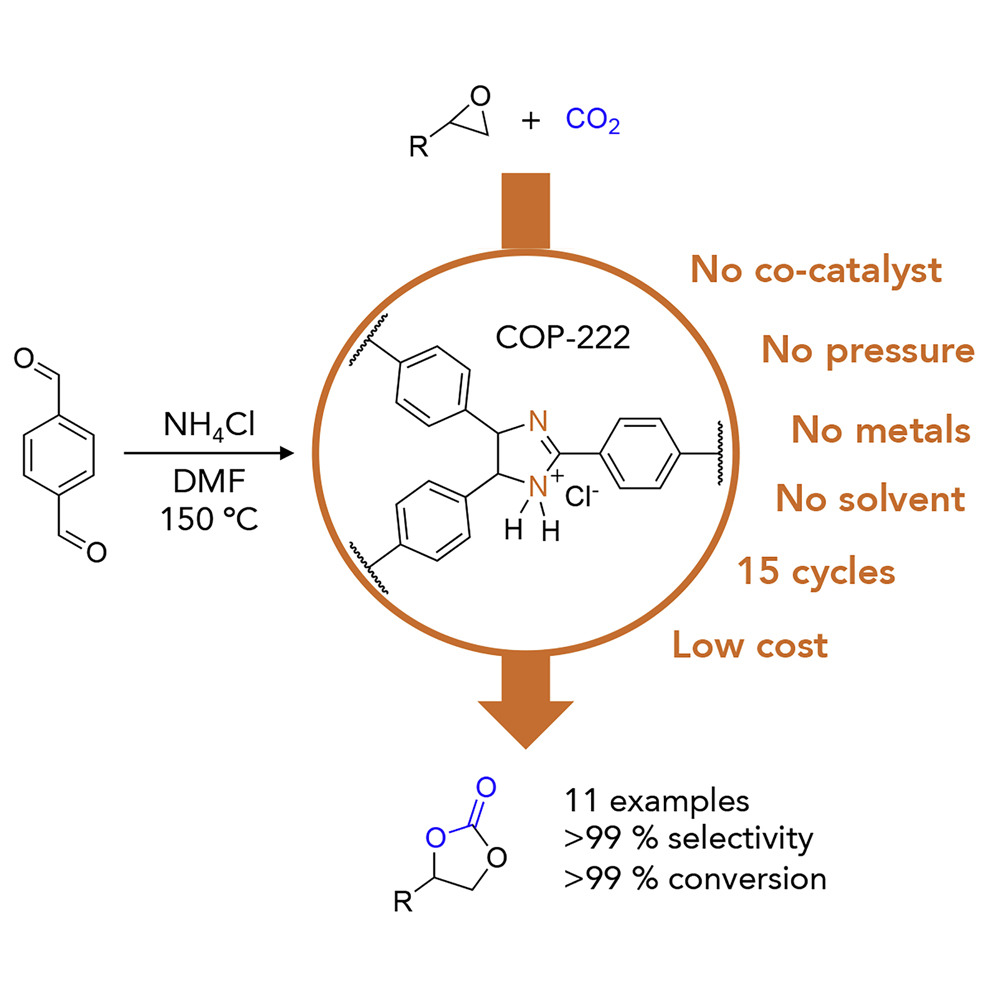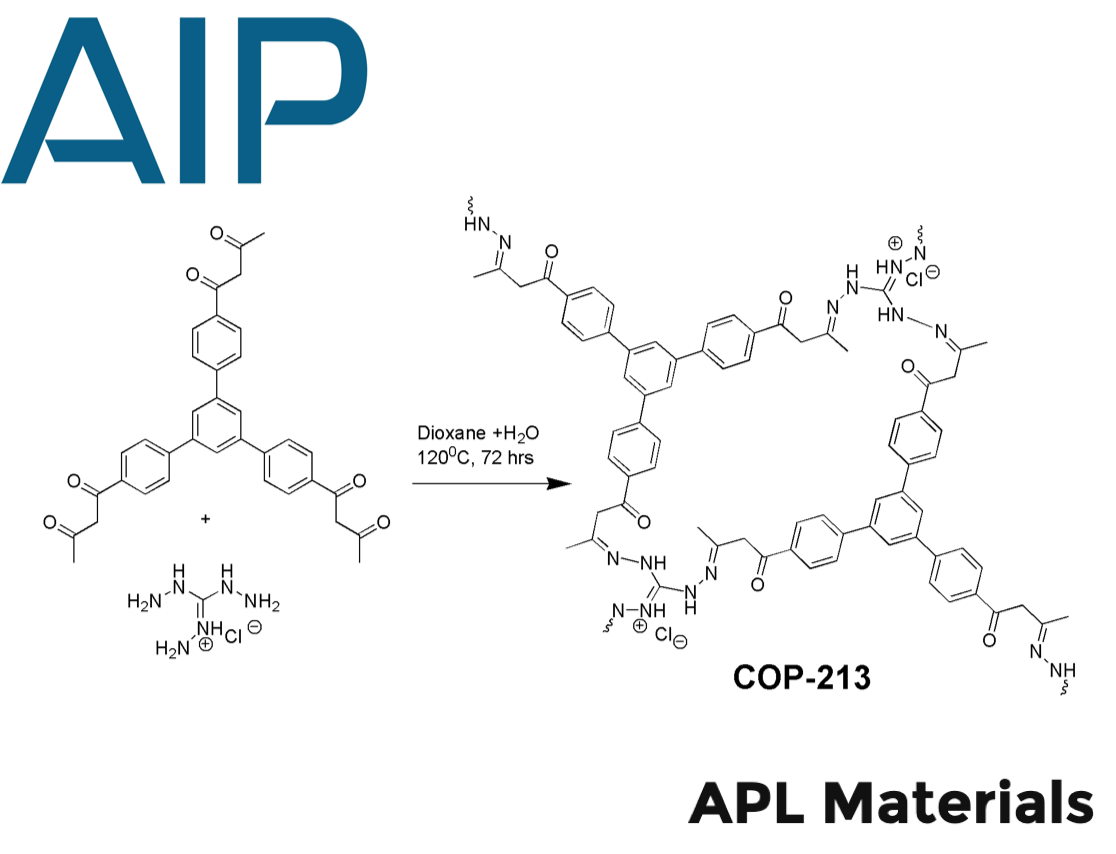Electronic wastes containing precious metals have great potential as a sustainable source of such metals. Separation and refining, however, remain complicated, and none of the existing technologies have yet experienced commercialization. A novel porphyrin-based porous polymer, named COP-180, was recently introduced as a powerful adsorbent option, especially for gold, and in this study, aspects of desorption and recovery of adsorbed gold and regeneration of the polymer were investigated. A hydrometallurgical method using non-cyanide leaching agents was developed, and an acid thiourea-based solution was found to be particularly suited for the method based on COP-180 with gold desorption efficiency of 97%. Fourier-transform infrared spectroscopy spectra demonstrated the unaffected structure of COP-180 after desorption, implying the potential of its reuse. This high desorption efficiency was achieved even without typical aiding agents by means of a formamidine disulfide-mediated route that prevented thiourea consumption, which is considered a major drawback of the otherwise promising reagent. Using this method, the polymer was able to maintain more than 94% desorption efficiency after five times of regeneration. The results suggest that acid thiourea can offer a workable means of recovering gold particularly from the excellent gold-adsorbent of COP-180, and that repeated regeneration is also possible.
